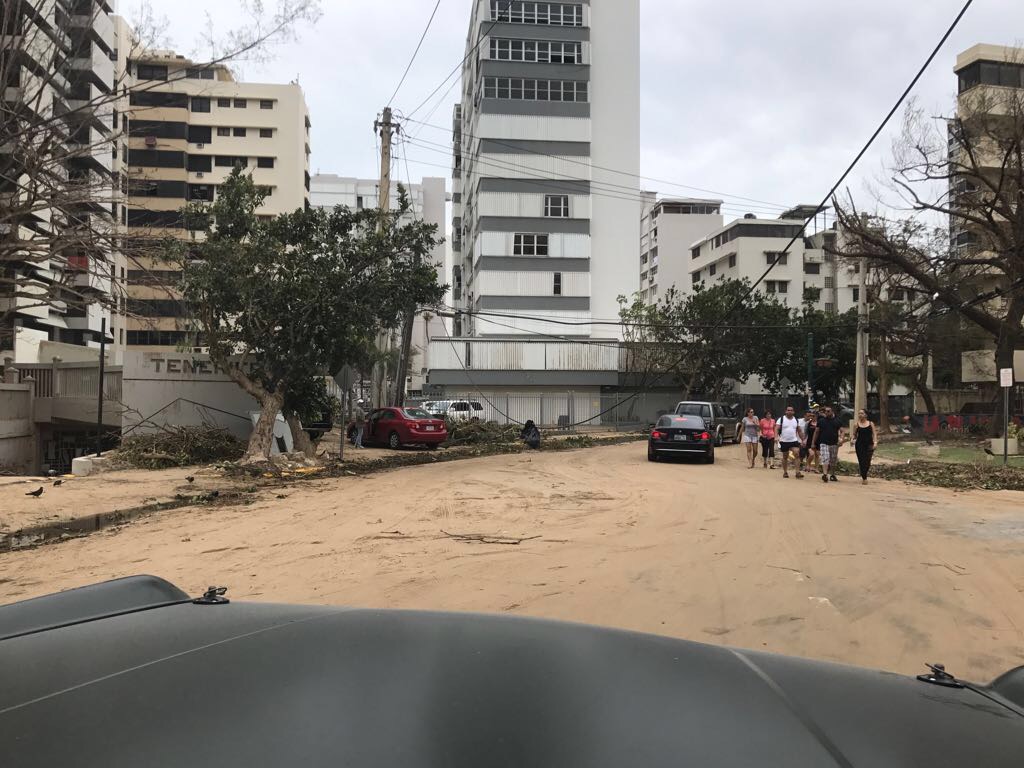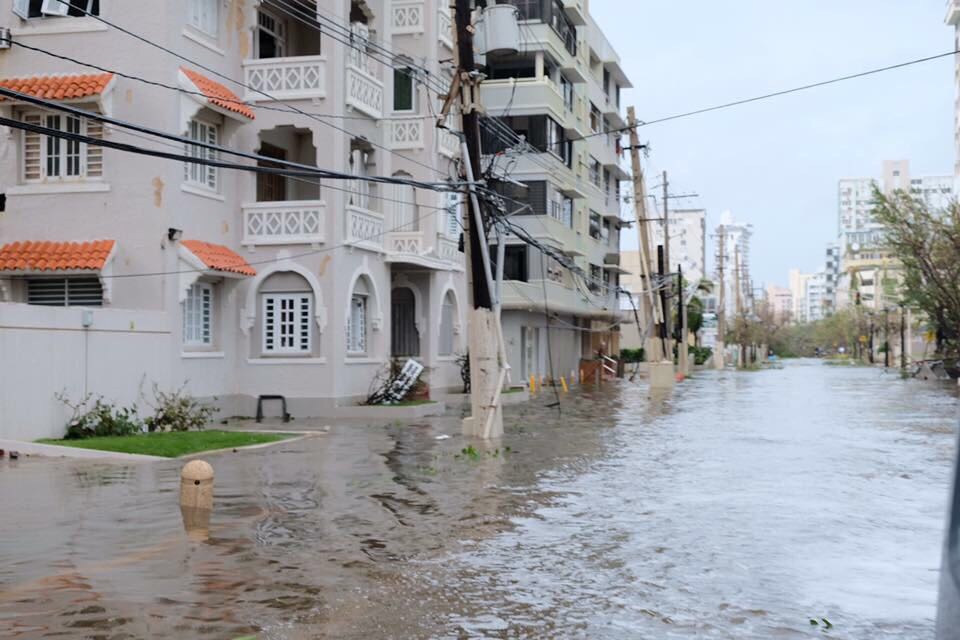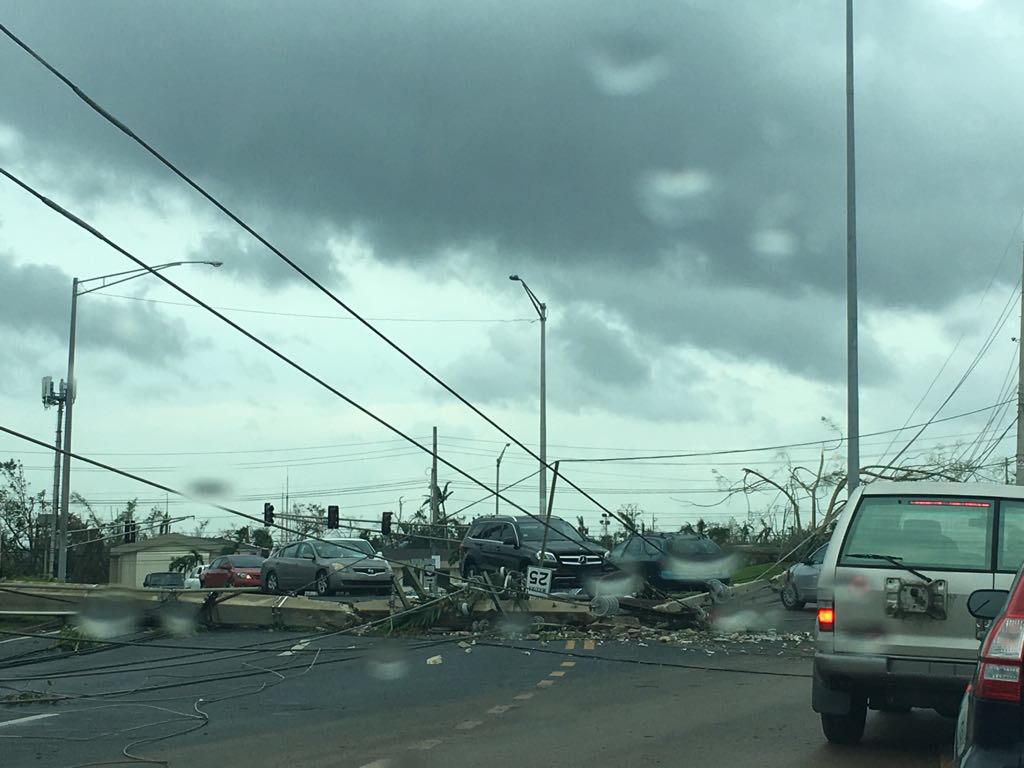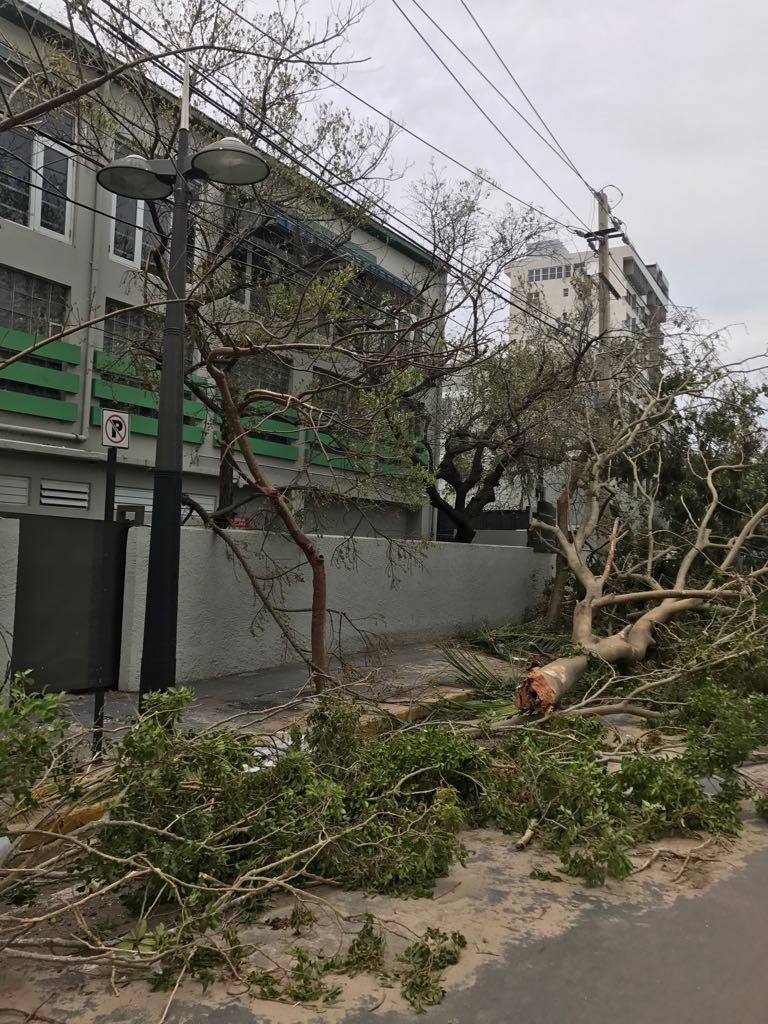Hurricane Maria, the most powerful storm to hit Puerto Rico in more than 80 years, struck the island just as life was beginning to return to normal in the aftermath of Hurricane Irma. Now, the entire island is without power, and law enforcement has been struggling to maintain order.

Unfortunately, the worst is far from over, with 70,000 residents being urged to evacuate the northwest region of the island as the Guajataca Dam is, according to the National Weather Service, in “imminent” danger of failing. For those outside the danger zone surrounding the dam, survival remains a challenge, with some officials predicting that it may take as much as a year to restore power to the 3.5 million Americans living on the island.

According to a statement released by the governor on social media, there have already been 14 confirmed deaths, though large-scale flooding has limited emergency personnel’s ability to conduct search and rescue operations. The final death toll is now expected to be much higher. The current priority, according to officials, is to “reestablish airports,” in order to receive incoming aid from the mainland United States.

Streets that are not flooded are often blocked, not only by fallen trees, but by the debris of collapsed buildings and torn off rooftops. Many of the buildings the remain standing have suffered significant damage, making them unsafe to enter, and a continuing danger to residents in the area.

The winds of Hurricane Maria, which reached Puerto Rico as a Category 4 storm, were powerful enough to rip the hoods off of vehicles and completely decimate much of the island’s utility infrastructure. According to the Puerto Rico Electric Power Authority, approximately 35% of the infrastructure has been surveyed thus far, and of that, 80% has been completely lost. Utility companies from New York, Georgia and Florida have reported dispatched assets to aid in the recovery process.


There was no escape from the devastation as Maria pummeled the island. Low lying areas were quickly flooded, while communities at higher elevations were blasted by winds exceeding 150 miles per hour, tearing down trees, and destroying power lines, as Puerto Rico utilizes only above ground wiring.

Local businesses were destroyed in the storm, but looting thereafter has caused further damage, as some residents seek to find the means for survival, and others take advantage of overwhelmed law enforcement in the chaos, emptying stores of everything from food and water to electronics and even furniture.

Few buildings survived the onslaught unscathed. The Governor’s office has claimed that they hope to have communications, both throughout the island and external, back up and running within 72 hours. Approximately 25% of the island is said to have access to running water, with the rest of the 3.5 million people left to survive on only emergency rations if they have them. Those without an emergency supply of water will soon be faced with an increasingly desperate situation, as the sea water has rendered many water sources undrinkable.

The situation in Puerto Rico is truly dire, with many more lives at risk even after the storm has long passed. Hurricane Maria, now a Category 3 storm, is currently expected to head North and miss the U.S. Mainland.
Images courtesy of Brenda Gallardo










COMMENTS
You must become a subscriber or login to view or post comments on this article.